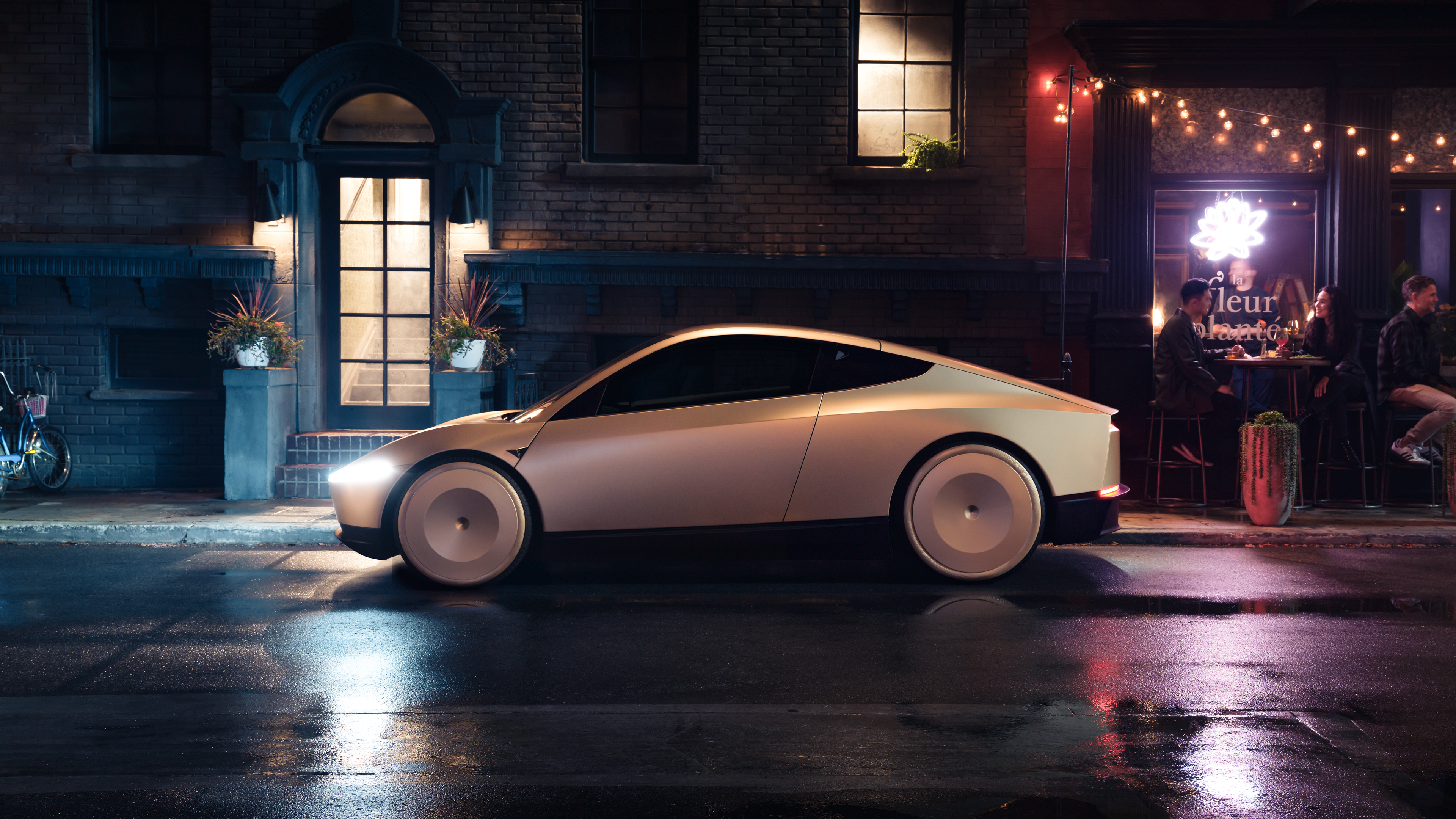
Tesla's Robotaxi Vision: The Future of Urban Transport
Analyzing Tesla's ambitious plans for autonomous ride-hailing
In what Elon Musk has dubbed Tesla’s “most important year,” 2025 is shaping up to be a pivotal moment in the evolution of transportation. The electric vehicle pioneer is making an audacious bet on autonomous robotaxis that could either revolutionize mobility or prove to be its most challenging gambit yet.
The Vision: Transforming Transportation
Tesla’s robotaxi ambitions represent more than just a new product launch—they signal a fundamental shift in the company’s strategy and identity. “Tesla is now an AI company,” Musk declared during a recent earnings call, emphasizing the company’s transformation from an electric vehicle manufacturer to a technology company focused on autonomous systems and artificial intelligence.
The upcoming robotaxi, slated for initial deployment in Austin, Texas by June 2025, represents a radical departure from traditional vehicle design. Unlike conventional autonomous vehicles that simply retrofit existing cars with self-driving capabilities, Tesla’s purpose-built robotaxi will have no steering wheel or pedals, demonstrating the company’s complete commitment to full autonomy.
Technical Innovation and AI Leadership
What sets Tesla’s approach apart is its reliance on vision-based artificial intelligence rather than the expensive lidar sensors favored by competitors like Waymo and Cruise. The company’s latest FSD (Full Self-Driving) version 12 marks a significant breakthrough, replacing hard-coded rules with neural networks for perception, navigation, and planning.
Tesla has invested heavily in AI infrastructure, committing “several billions of dollars” to NVIDIA compute power in 2025 alone. A massive new data center at Gigafactory Texas, scheduled for completion in August 2025, will serve as the nerve center for training these sophisticated AI systems.
Economic Implications and Market Impact
The stakes couldn’t be higher for Tesla. The company has effectively gone “all-in” on autonomous technology, even postponing the development of a more affordable mass-market vehicle to focus on robotaxi development. This strategy reflects Musk’s conviction that solving autonomous driving is key to Tesla’s future value proposition.
Industry analysts project that a successful robotaxi service could dramatically reduce transportation costs to just 5-10 cents per mile, potentially disrupting not just the ride-hailing industry but the entire concept of personal car ownership. Tesla’s vision includes allowing current vehicle owners to add their cars to the robotaxi network, creating a vast fleet of autonomous vehicles almost overnight.
Regulatory Challenges and Safety Considerations
However, significant hurdles remain. Regulatory approval for fully autonomous vehicles without human oversight remains a complex challenge across different jurisdictions. Tesla will need to convince both regulators and the public that its systems are safe and reliable enough for widespread deployment.
The company’s track record with its current Full Self-Driving beta program will be crucial in building this trust. While recent improvements have been promising, achieving the necessary 99.9999% reliability rate for true autonomy remains a formidable challenge.
Looking Ahead: The Road to 2026 and Beyond
Tesla’s robotaxi initiative represents more than just a new product launch—it’s a bet on a fundamentally different future of transportation. If successful, it could transform Tesla from a premium electric vehicle manufacturer into a global mobility provider, potentially achieving Musk’s vision of Tesla becoming “the most valuable company in the world by far.”
The next 12-18 months will be critical in determining whether this bold vision becomes reality. With major milestones including the Austin launch in June 2025 and planned expansion to other cities by year-end, Tesla’s robotaxi program will either validate Musk’s all-in strategy or force the company to reconsider its path forward.
As we stand on the cusp of this potential transportation revolution, one thing is clear: Tesla’s robotaxi ambitions represent one of the most ambitious attempts yet to reshape how we move in the modern world. Whether it succeeds or fails, it will undoubtedly influence the future of mobility for years to come.